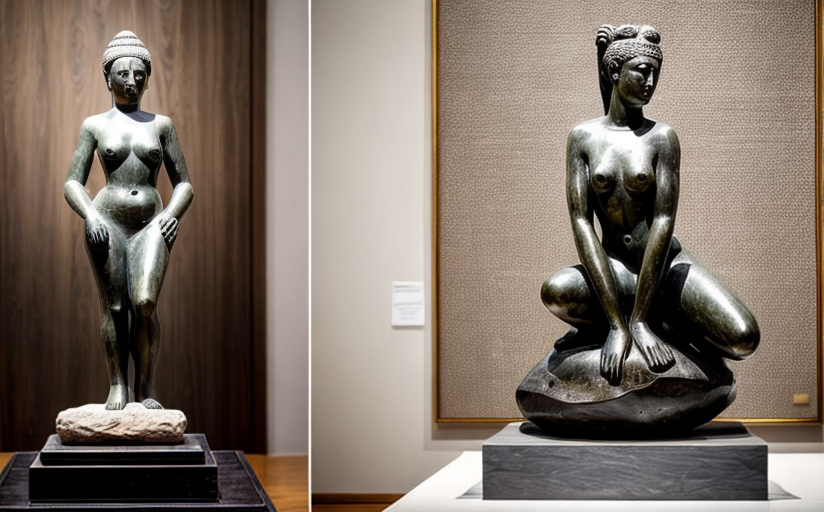The Revival and Modern Interpretations of Ancient Art Forms
In the world of art, the past and present often merge, experiences inspiring creations that strike chords on different levels. Over recent years, we have seen an interesting trend - the revival of ancient art forms. These artworks, cultural relics of bygone eras, are not simply restored, but rather adapted into modern, contemporary spaces.
Ancient Art Forms Witnessing Revival
A variety of ancient art has seen resurgence, each with unique adaptations that bridge the divide between the primitive and the modern. Some examples of these art forms are Classical Greek Sculpture, Egyptian Hieroglyphics, Aboriginal Dot Painting, Byzantine Mosaics, Ottoman Miniatures, Japanese Ukiyo-e and Chinese Ink Wash paintings.
Reasons for Revival
The reasons behind their resurgence are little complex and multifaceted. The dominant factors include a need for cultural revival, restoration of lost heritage, or as counter to the increasingly digitized and mechanized modern world. Some find solace, authenticity and a sense of identity in what is seen as a 'return to roots'.
Adaptation Into Contemporary Spaces
Adapting ancient art into the contemporary sphere often involves infusing modern thematic elements or using newer mediums and techniques. For instance, translating traditional calligraphy into digital fonts or 3D printing Classical Greek Sculptures.
Modern Interpretations and Cultural Impact
The modern interpretations of ancient art foster a sense of continuity, connecting past, present, and future. They can challenge our perspectives, provoke thought, and stimulate cultural conversation. At the same time, they provide a platform to appreciate the aesthetic richness and profound depth of our diverse human heritage.
Challenges and Debates
However, this revival elicits debates around authenticity and tradition preservation. Some argue that these reinterpretations dilute the essence of ancient art, while others counterclaim that adaptations allow the art forms to remain alive and relevant. It's a delicate balancing act between innovation and preservation.
Case Studies
Greek Sculpture
One successful example of this revival is the reinterpretation of Classical Greek Sculpture. Artists have begun 3D printing these sculptures, preserving their form while consciously adding or highlighting modern elements to create symbolic connections between historic and current societal issues.
Aboriginal Dot Painting
The revival of Aboriginal Dot Painting has also had profound effects. Modern interpretations and their inclusion in public and private spaces have stimulated new appreciations and understandings, contributing to greater recognition of Aboriginal culture both locally and globally.
Conclusion
The effects of these revivals are manifold, impacting the cultures that birthed them, and the global community that interacts with them. Tasking creators with the preservation of cultural heritage alongside the authentic depiction of progression, the revival of ancient art forms represents an immensely important dialogue between our past, our present, and our future.





















Comments
Leave a Comment